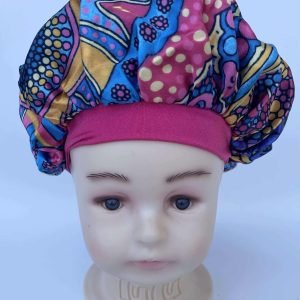Understanding Baby Hair Loss: Causes and Solutions
Welcoming a new baby into the world is a joyous occasion, but it can also bring about a lot of questions and concerns for parents. One common concern many parents have is baby hair loss. In this article, we will explore the causes of baby hair loss, when it is considered normal, and what parents can do to promote healthy hair growth in their little ones.
Normal Hair Growth Patterns in Babies
Babies are born with a variety of hair textures and colors, and their hair growth patterns can vary greatly. It is not uncommon for babies to experience hair loss or changes in hair texture during their early months of life. This is often due to a natural process called “telogen effluvium,” which is the shedding of hair after a period of growth. This shedding typically occurs around 4-6 months of age and is considered a normal part of the hair growth cycle.
Causes of Baby Hair Loss
While some hair loss in babies is normal, there are a few factors that can contribute to excessive hair loss or hair thinning. These include:
- Friction: Babies spend a lot of time lying down, and the friction between their head and the surface they are lying on can lead to hair loss in certain areas.
- Traction Alopecia: Tight hairstyles, such as ponytails or braids, can cause hair loss due to constant tension on the hair follicles. It’s important to avoid using tight hair accessories on babies.
- Cradle Cap: Cradle cap is a common condition characterized by scaly patches on the baby’s scalp. In some cases, it can lead to hair loss, but the hair usually grows back once the condition resolves.

Promoting Healthy Hair Growth in Babies
If you notice excessive hair loss or thinning in your baby, it’s a good idea to consult a pediatrician to rule out any underlying medical conditions. In most cases, however, promoting healthy hair growth in babies can be achieved through simple measures, including:
- Gentle Hair Care: Use a mild, baby-friendly shampoo and conditioner to keep the baby’s scalp clean. Avoid vigorous rubbing or scrubbing while washing their hair.
- Avoid Tight Hairstyles: As mentioned earlier, avoid using tight hair accessories or hairstyles that put excessive tension on the hair.
- Be Gentle with Brushing: Use a soft baby brush or a comb with wide teeth to gently detangle the baby’s hair. Avoid excessive pulling or tugging.
- Baby Satin Bonnet: Consider using a baby satin bonnet, such as the ones from Kraddle Kare, to protect your baby’s hair while they sleep. Satin bonnets are known to reduce friction and help prevent hair breakage and tangling.
- Balanced Nutrition: A well-balanced diet that includes essential nutrients like vitamins, proteins, and minerals is crucial for healthy hair growth. Breast milk or formula provides most of the necessary nutrients for babies, but consult a healthcare professional if you have concerns about your baby’s diet.
When to Seek Medical Advice
While hair loss in babies is often normal, there are certain instances where it’s important to consult a healthcare professional:
- Sudden, Severe Hair Loss: If your baby experiences sudden and severe hair loss, it may indicate an underlying medical condition, and it’s important to seek medical advice.
- Bald Patches: If your baby has bald patches or areas of hair loss that do not improve over time, it’s best to consult a healthcare professional for further evaluation.
- Other Symptoms: If hair loss is accompanied by other concerning symptoms, such as skin rashes, irritability, or poor weight gain, it’s important to consult a healthcare professional to rule out any underlying medical conditions.
Baby hair loss is a common occurrence during the early months of a baby’s life. While it can be concerning for parents, in most cases, it is a normal part of the hair growth cycle. By understanding




